|
by Dark Watcher |
|
|
VM Labs Inc. had developed a technology called NUON which transformed passive digital video products such as DVD players, digital
satellite receivers and digital set-top boxes into complete interactive video game entertainment systems. The powerful NUON processor provided the raw horsepower to decode digital video and audio, while delivering advanced trick modes and an enhanced user interface. At the same time, the NUON operating system provided a powerful platform for interactive content, enhanced movies, 3D videogames and many other applications. The heart of NUON was the Aries 3 chip. The Aries 3 was based on a unique 128-bit, four-way-parallel very long instruction word processor architecture. In addition to the video and audio decoding and trick-play functions, the chip performs all system-management and CPU functions. More specifically, Aries 3 featured MPEG-1 and MPEG-2 program stream and video decode; MPEG-1 and MPEG-2 Layers 1 and 2 audio decode; 5.1-channel Dolby Digital audio decode; extended DVD trick modes; 32-voice wave table synthesizer; MP3 decode; an integrated Content Scrambling System descrambling module; video scaling, and 3D video gaming. A hardware block placed on-chip to assist MPEG video decoding was designed to free up the bulk of the VLIW device's programmable processing power: 3,024 MIPS at peak and 864 MIPS typical. OK...if your still with us, it was a powerful chip for its time. The first NUON-enhanced DVD-Video software/movie title was Fox Home Video's Bedazzled, released on March 13, 2001. Samsung and Toshiba launched NUON DVD players just prior to this. Other studios and game publishers opted to wait until the installed base grew. Toshiba's first released NUON powered DVD player was the Toshiba SD-2300. Samsung followed up with their own Samsung Extiva N-2000. |
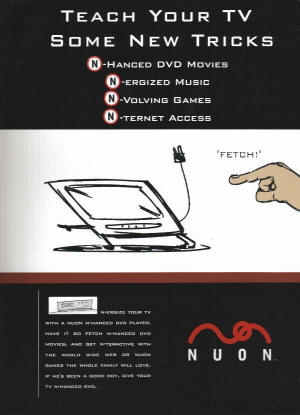 |
|
The concept of playing games on a DVD player was unique until the inevitable release of the Sony PlayStation 2. Other next gen systems
began to follow suit. Why get a DVD player that plays games when you could get a video game console that can play DVD? This began to
hurt sales on NUON enhanced DVD players. The PlayStation 2 and other systems offered a broader library of games, and were still far
cheaper. VM Labs eventually ran into financial troubles and filed for bankruptcy in December 2001. By March 2002, the company's assets were purchased by Genesis Microchip, and a new division, NUON Semiconductor, was formed to market NUON chips under the Aries name. On July 24, 2002, Genesis Microchip laid off the entire NUON division and NUON became history. The library of NUON-enhanced discs is not large but does include a handful of games as well as the movies. A few of the released titles were Bedazzled, Dr. Dolittle 2 and Planet of the Apes from 20th Century Fox Home Entertainment. Also MGM Home Entertainment's special edition re-release of the cult classic The Adventures of Buckaroo Bonzai Across the Eighth Dimension. |
|
|
by Marriott_Guy |
|
|
In late 1994, Richard Miller, the former VP of Technology at Atari from 1989 through 1994, created a company called VM Labs. Having
gained extensive experience in hardware development (his team created the Atari Jaguar), Mr. Miller focused his company's energies on
creating a new technology to renovate the passive experience delivered by DVD players and digital satellite receivers. In 2000 their
efforts resulted in the release of the NUON, a powerful 128-bit processor that was to be embedded within these types of digital video
products. This technology produced excellent results in processing complex 3D graphics and digital video that enabled the delivery of
interactive content, enhanced DVD playback (smooth scanning and zoom features) and, the point of writing this review, video games. NUON technology was released in a handful of DVD players (the first being the Samsung Extiva DVD-N2000). The general purpose was not unlike previous attempts at being an all-in-one multimedia playing machine (Memorex VIS, Philips CD-i, Pioneer LaserActive, et al). VM Labs also followed suit by planning to license the technology to various manufacturers (like the 3DO Company did in 1993). The reason that NUON technology was only released in select DVD players and not as a stand alone video game console was based on pure statistics. At the time, only 30% of the general public had embraced video game technology in their homes while the DVD player market was booming and was projected to have 100% penetration within 5-10 years. This was sound business planning, except for one key fact that they failed to give proper attention to - the release of a video game console that also played DVDs - the Sony PlayStation 2. Enthusiasts within the respective DVD and video game market are not necessarily mutually exclusive, but it is safe to say that there are many more video game devotees that also are DVD fans than vice versa (especially in 2000). The decision to market a DVD player that could play games ultimately proved to be incorrect - the DVD aficionado did not necessarily play video games nor cared about them. Sure, the smooth scrolling zoom and scan features that a NUON DVD player offered were cool, but would the public pay the extra $100 or so for these features? The answer to this question is rather obvious, but first let's take a look at the NUON in more detail. |
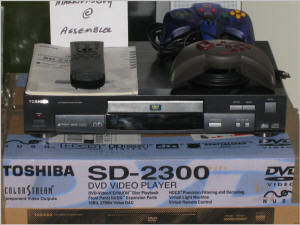 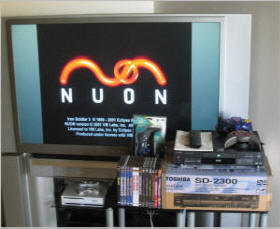 |
|
The NUON chip (which was previously known as Merlin and then Project X) was truly a powerful piece of hardware at the time. The
technology is based on the Aries 3 chip. See DW FACTS above for a description of the technical details. This processing power described produced games graphically equivalent to early PlayStation 2 games. A total of eight games were released for the system, the most notable being Iron Soldier 3 and Tempest 3000 (developed by Jeff Minter, renowned classic home computer and Atari programmer). Though the developers varied on these releases, the majority waited to see if NUON could grab a significant hold of the DVD player market share prior to investing into this technology. In the end, it did not and third party support (both from the hardware and software fields) quickly dissipated, adding to one of the final nails in the coffin. The NUON essential failed due to incorrectly identifying the needs of the ever increasing DVD player buying market. DVD enthusiasts were just that - not necessarily video game driven buyers. VM Labs went bankrupt in 2001 and sold off the NUON technology to Genesis Microchip, which in turn retired further development of the NUON in July, 2002. NUON-enabled systems can be acquired easily from eBay and other like sources. A loose system is cheap - right around $20-$40 or so (USD). There is not necessarily a highly desirable unit, though the Toshiba SD-2300 and Samsung Extiva DVD-N2000 are somewhat pricey due to being the first systems that were released. For a hardware CIB unit, expect to pay $75-$100 USD. Some of the games for the system are hard to come by and will run you a few bucks - most notably The Next Tetris (only included in the Toshiba system) and Tempest 3000 (the best game). These will run you around $70 or so - the more common games around $20-$30. This is a recommended purchase for the hardware collector (video game or DVD), but not necessarily for the general gamer. |
|
|






 2010s - NOTES
2010s - NOTES


 MODELS
MODELS











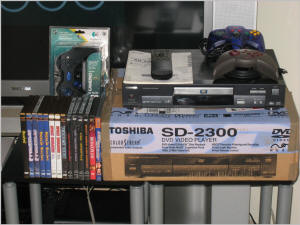
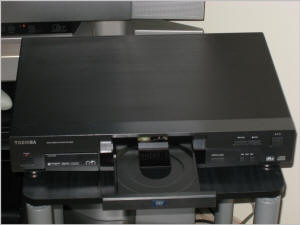

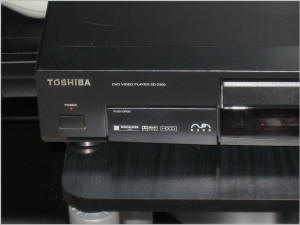
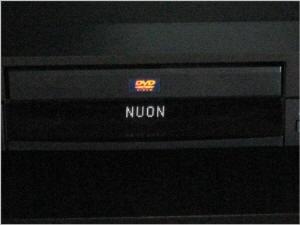
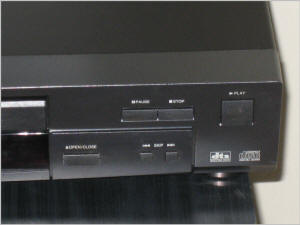
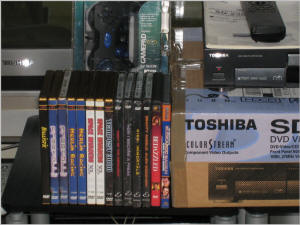
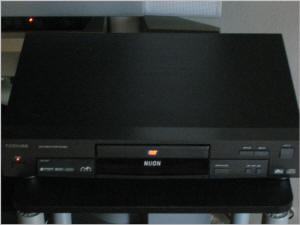
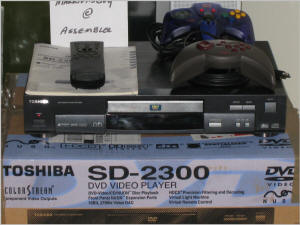
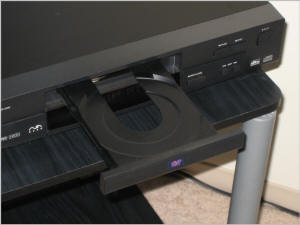
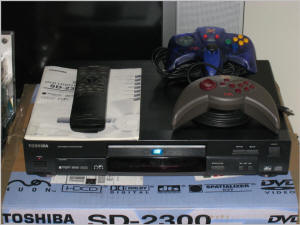
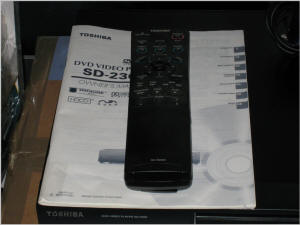
 CLONES
CLONES CONSOLE RATINGS
CONSOLE RATINGS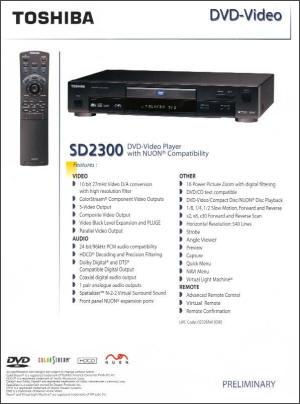
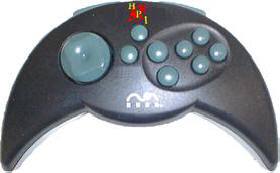
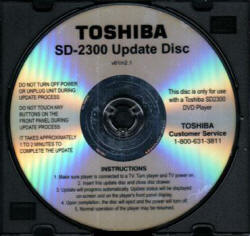
 FORMAT, PACKAGING & GENERAL INFO
FORMAT, PACKAGING & GENERAL INFO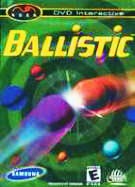

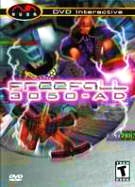
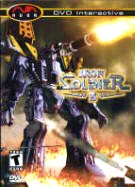
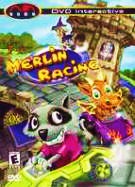
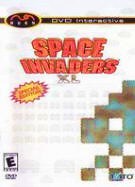
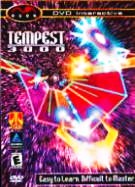
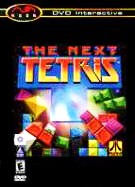



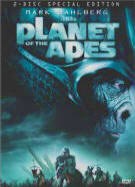
 SCREENSHOTS
SCREENSHOTS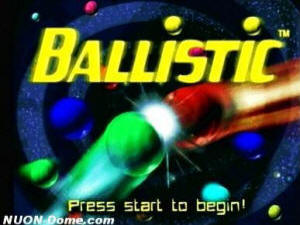
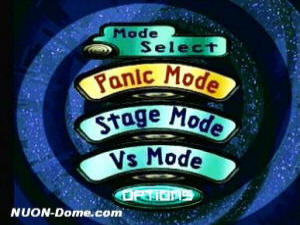
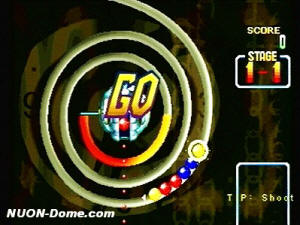

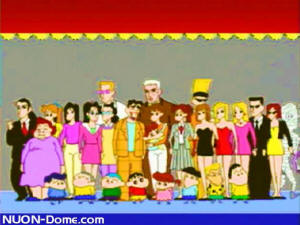
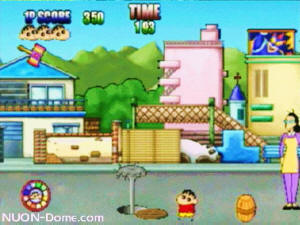
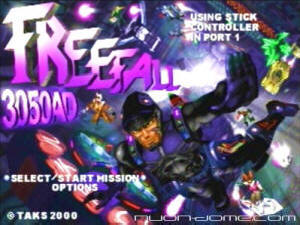
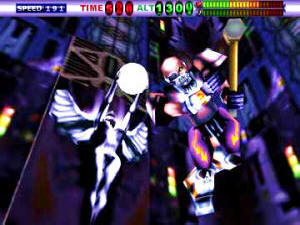
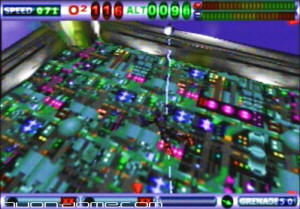
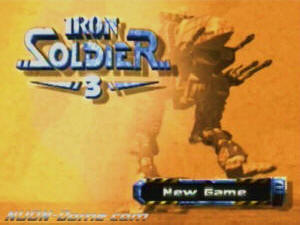
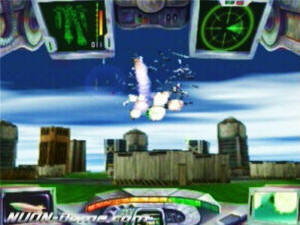
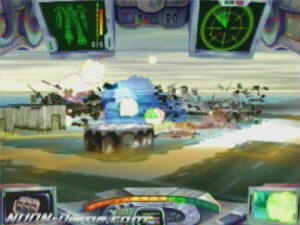
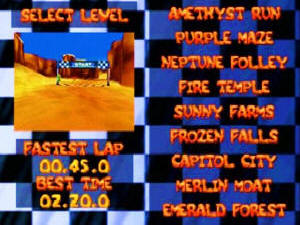
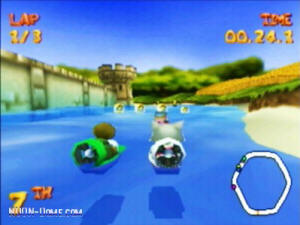
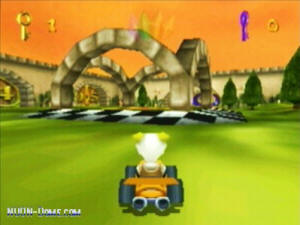
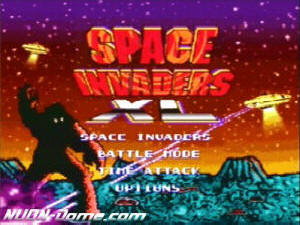
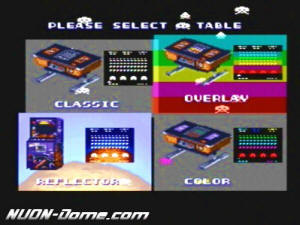
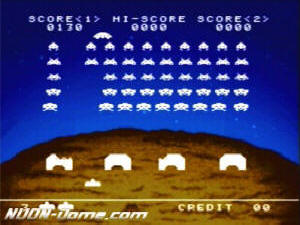
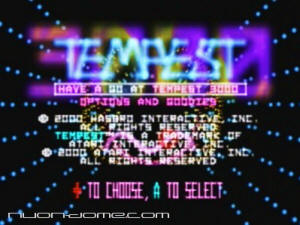
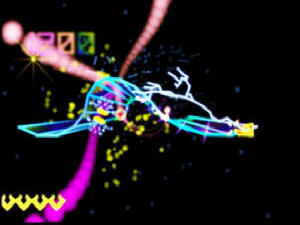
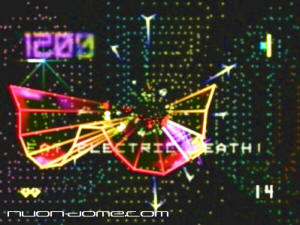
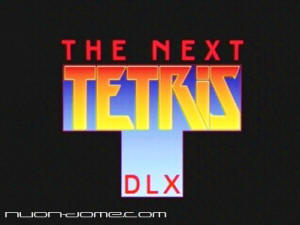
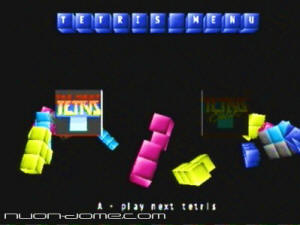
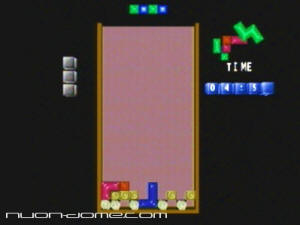
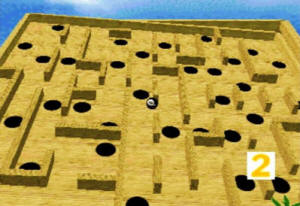
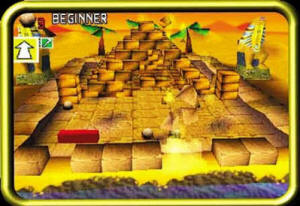
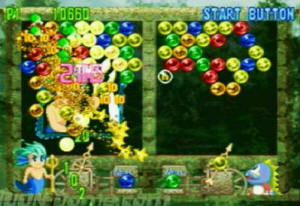
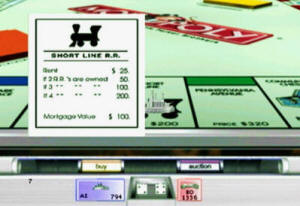
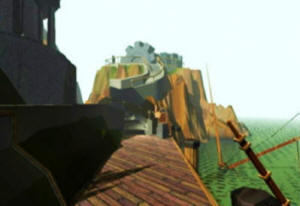
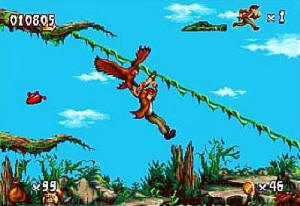
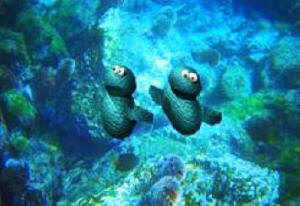
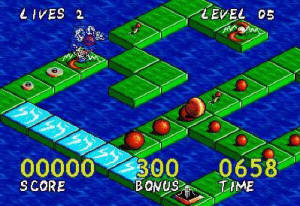
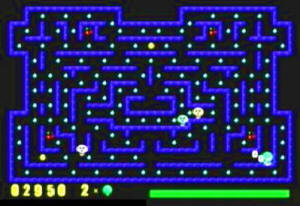
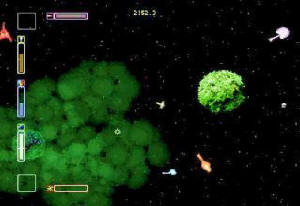
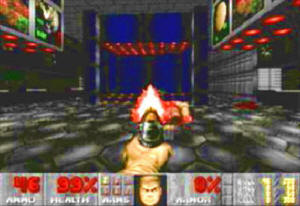
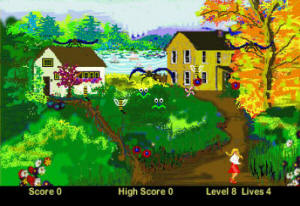
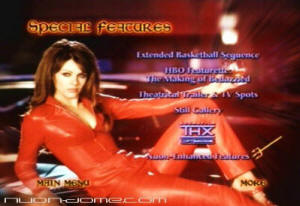


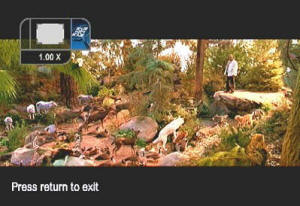
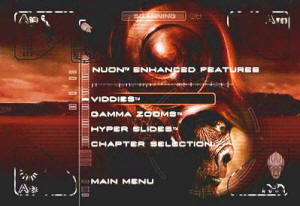
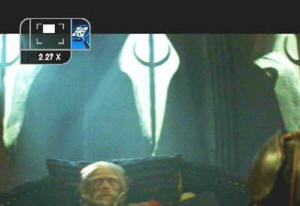
 EMULATION
EMULATION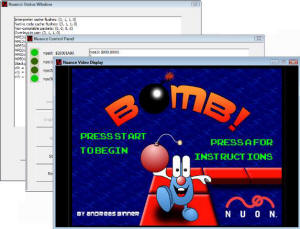
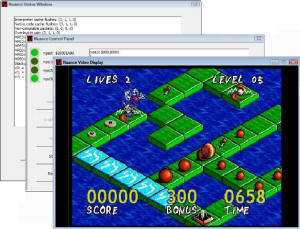
 SPECS & MANUALS
SPECS & MANUALS OTHER
MEDIA
OTHER
MEDIA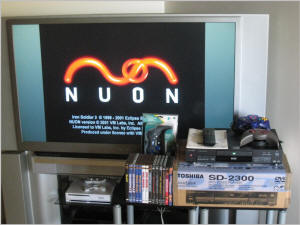
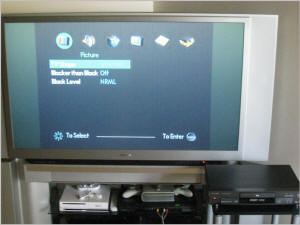
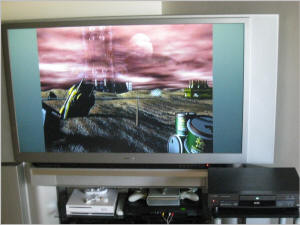
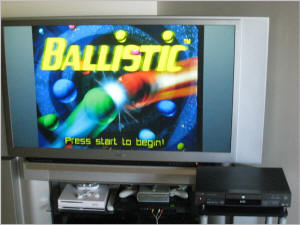
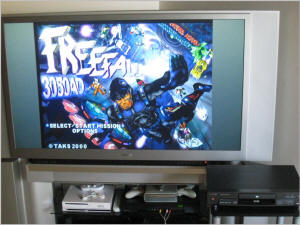
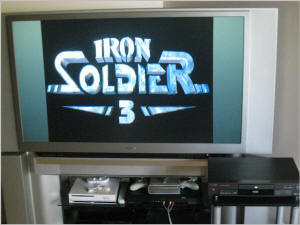
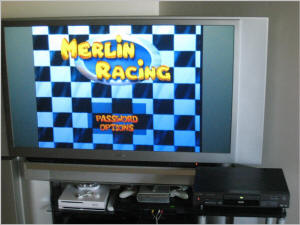
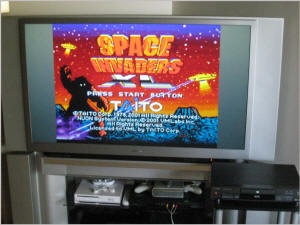
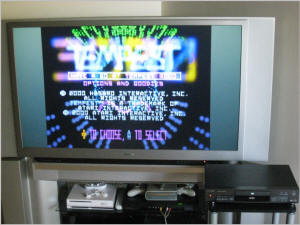
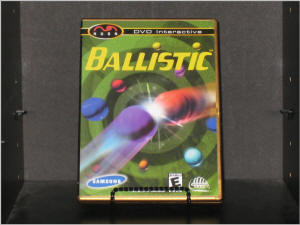
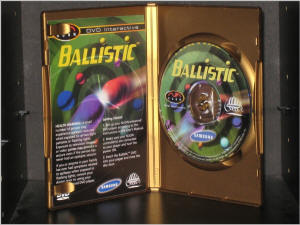
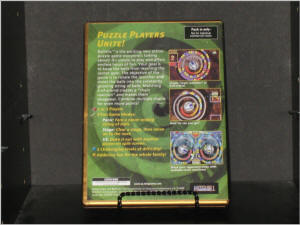
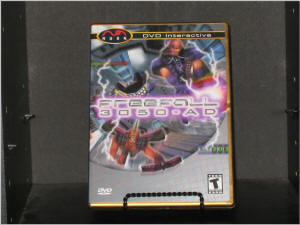
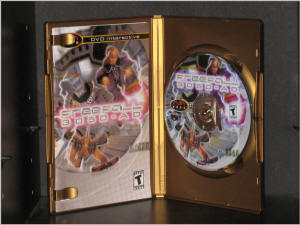
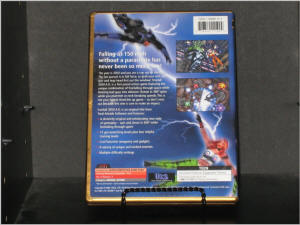
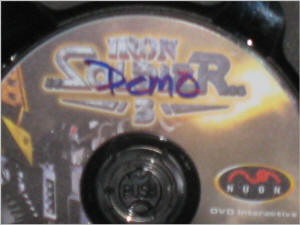
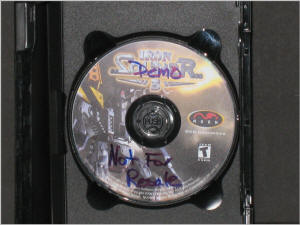
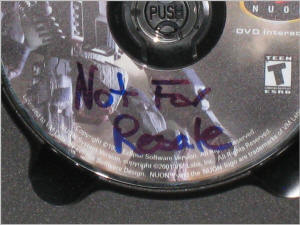
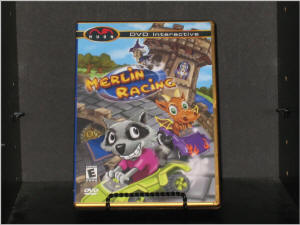
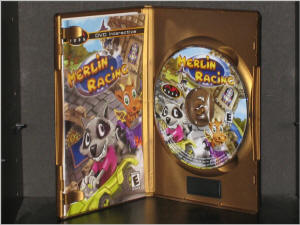
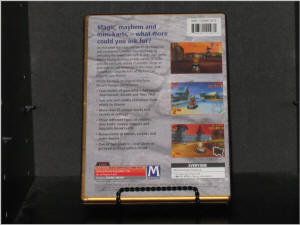
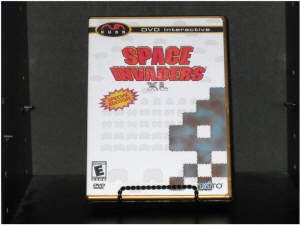
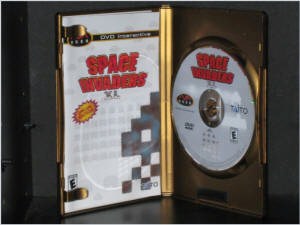
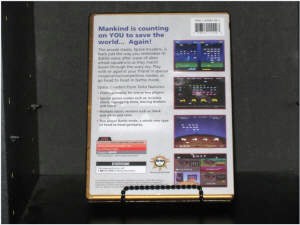
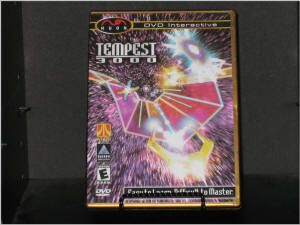
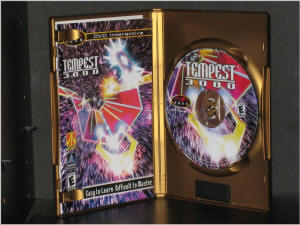
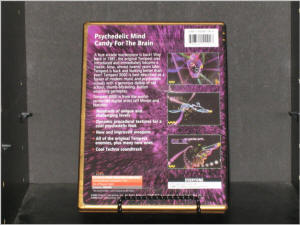
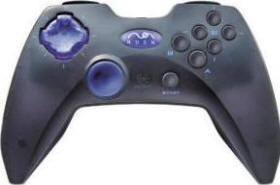
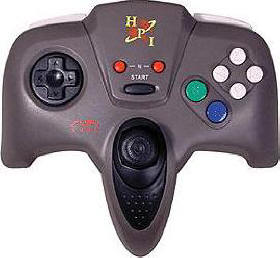
 WEB RESOURCES
WEB RESOURCES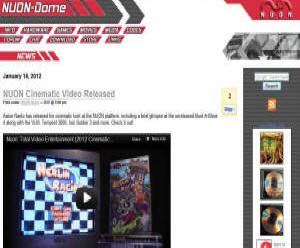
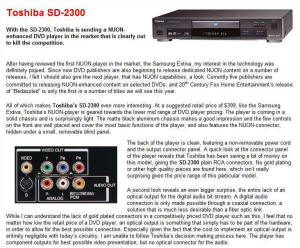

 DISCUSS
DISCUSS